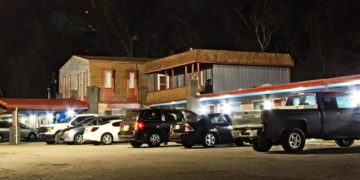Just before 2 pm, a detox facility on Gallia Pike reported that a patient had taken off from the facility. They said the individual had on a tan shirt and khaki shorts and was likely headed toward Portsmouth.
Just 45 minutes later, the facility requested another welfare check on a second patient in green shorts who’d taken off on foot in the direction of US 52.
Officers checked the area but did not see the missing patients.
Publisher’s Note:
We often receive questions about whether or not people who leave rehabs are subject to arrest. The answer seems complex, but I’ll break it down the best I can.
The first thing to note is that if they are there by court order, the defendants may be charged with escaping. We have previously reported those arrested for escape. So that’s what it means. They didn’t escape from the Scioto County Jail.
Second, if they are there voluntarily, they are free to leave at any time, even against administration advice.
Ohio does, however, have two other laws that come into play. They are Casey’s Law and the Baker Act. Here’s a contrast and comparison of each.
According to Casey’s Law, named after a Kentucky resident who died as a result of a drug overdose, families can petition the court to order involuntary treatment for their loved ones who are struggling with substance abuse. This law grants concerned loved ones the authority to intervene and help their family members access treatment and recovery services.
On the other hand, the Baker Act, prevalent in many states including Ohio, is designed to provide emergency mental health services and temporary detention for individuals who may be a danger to themselves or others. Family and friends are able to request mental health treatment for a loved one who is unwilling or unable to do so on their own.
While both laws aim to safeguard individuals in crisis, Casey’s Law primarily targets substance abuse concerns, while the Baker Act pertains to broader mental health emergencies.





















































































